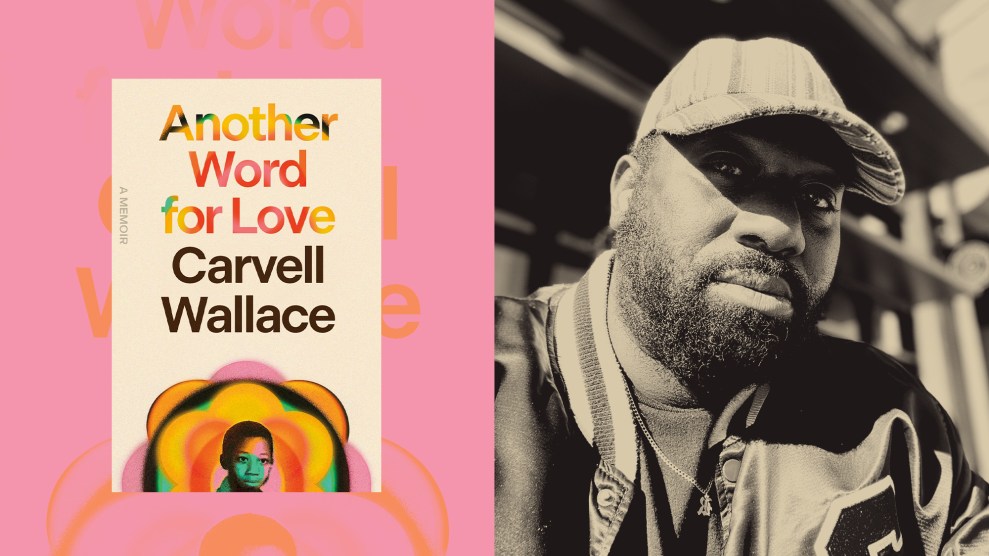“Someday, you’ll have to do something about that, my girl,” Faith Spotted Eagle remembers her father saying. It was a summer day in 1960, she was 12, and the two were fishing on the banks of the Missouri River, near their home on the Yankton Sioux reservation in South Dakota. Her dad nodded toward the spot where, a few years earlier, the U.S. Army Corps of Engineers had flooded a tribal village named White Swan and its burial ground during construction of the nearby Fort Randall Dam. The corps had promised to move the graves, but many Yanktons suspected that had never happened. “I looked at him,” Spotted Eagle recalls, “and thought, ‘I’m 12 years old—what am I going to do?'”
She would find out nearly four decades later, in December 1999, after river levels near White Swan fell to a record low and a gruesome scene emerged. The exposed bank was littered with human remains—skulls, an entire skeleton, a baby’s coffin. “I was so angry,” Spotted Eagle says. “My grandfather and aunts and uncles were buried there, and my father’s baby sister.”
Even more horrifying for the Yanktons, whose culture places great emphasis on honoring the ancestors, was the corps’ plan to raise the river level within a week—an action that would have swept the remains downstream. The tribe went to court demanding an injunction against the agency. Meanwhile, Spotted Eagle and other members of the Brave Heart Society, a traditional women’s society that once tended to the dead and wounded on the battlefield, set up camp on the riverbank. They ran off scuba divers prospecting for artifacts and mobilized support from politicians, including Rep. Patrick Kennedy (D-R.I.), then vice chairman of the House Native American Caucus. Finally, after a judge ordered the water held back for several weeks, the Yanktons collected their dead, a grisly process that involved pouring boiling water onto the frozen ground to remove partially buried remains.
The tribe’s battle with the Army corps had just begun. Over the past two years, more remains have emerged at White Swan and on other reservations along the Missouri. The Yanktons’ lawsuit—which alleges that the corps’ river management practices violate a law protecting Native American burials—is still pending before a federal judge; for two years Spotted Eagle and other tribal members have been in court-mandated negotiations with the corps, seeking protection for the graves. But the agency has dug in its heels, and last summer it asked the judge to dismiss the case; Maggie Oldham, a corps spokeswoman, says the litigation was hurting “trust and communication between the parties.”
Frustrated by the tribe’s lack of control over its ancestral lands, Spotted Eagle has launched a nonprofit that, with support from the Washington-based Trust for Public Land, seeks to repurchase land the Yanktons have lost over the past 150 years, including parcels near the disputed site. But the most important legacy of White Swan, she says, is its effect on the next generation. “Our ancestors reappeared to remind us of who we are,” she says. “My father telling me at 12 that I could do something about the burial ground was a call to leadership. The leadership the tribe is building to respond to this crisis is an example for our young people.”















